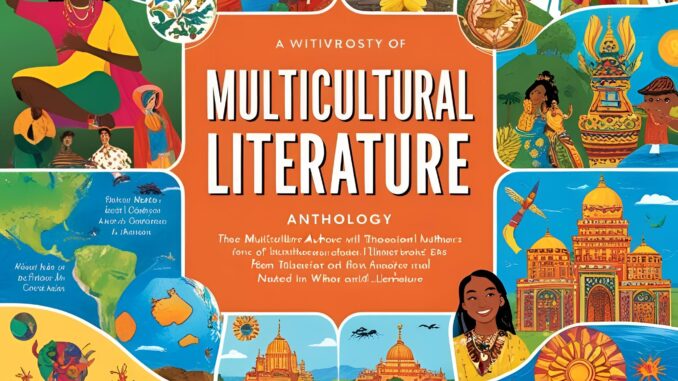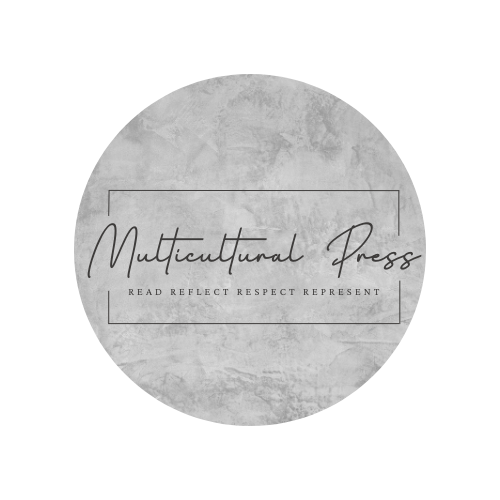
(Eris White)
Separating the Wheat from the Chaff
Introduction
In today’s increasingly global and pluralistic world, the books we bring into our classrooms and homes carry immense power. Multicultural literature offers young readers mirrors that reflect their own lives, windows into experiences far different from their own, and sliding glass doors through which they can walk into other worlds entirely. When chosen with care, these stories don’t just represent difference—they humanize it, celebrate it, and teach readers to sit with complexity.
But not all that glitters is gold. Amid the growing number of books marketed as “diverse,” there remains the persistent issue of superficial representation, cultural stereotyping, and exoticism masquerading as inclusivity. As educators, caregivers, librarians, and readers, how do we tell the difference between meaningful multicultural literature and books that reinforce rather than resist bias?
This guide is an invitation to dig deeper—to go beyond checklists and buzzwords and to develop a critical lens for selecting stories that are rich in cultural integrity and literary value.
What Counts as Multicultural Literature?
Multicultural literature is more than simply featuring characters of different racial or cultural backgrounds. At its core, it reflects the lived realities, languages, histories, and values of people whose voices have too often been pushed to the margins. These stories don’t just include characters of color—they are rooted in culture, context, and perspective.
It’s also important to resist framing multicultural literature as “other.” Literature by Indigenous authors, African American writers, Asian diasporic voices, and others should not be shelved separately from “mainstream” literature—they are literature, full stop.
Principles for Choosing Meaningful Multicultural Books
1. Prioritize Cultural Authenticity
Books should portray culture not as decoration, but as an organic part of the story. Look for:
- Specific, rather than generic, cultural references. A book that simply says “a boy from Asia” is likely flattening nuance.
- Nuanced portrayals of family, language, community, and belief systems.
- Cultural details that are integrated, not over-explained for outsiders or thrown in for flavor.
Ask: Does this story feel like it’s written from the inside out, or the outside in?
2. Seek Authorial Connection
While it’s possible for outsiders to write well-researched stories about another culture, #OwnVoices narratives—those written by authors from the communities they depict—often carry lived nuance and emotional resonance that’s hard to replicate.
That said, identity alone doesn’t guarantee quality. What matters is both authenticity and craft. Read critically, no matter the source.
3. Avoid Exoticism and Stereotypes
Beware books that:
- Emphasize “strangeness” over shared humanity.
- Represent characters as helpless, noble, savage, or mystical.
- Over-focus on traditional dress, food, or folklore without deeper cultural context.
A book isn’t inclusive simply because it includes “ethnic” food or festivals. Ask: Is this story reducing culture to spectacle?
4. Look for a Range of Experiences
No single book can speak for an entire community. Seek literature that reflects:
- Joy and struggle
- Contemporary and historical settings
- Urban and rural life
- Multiple generations
- Different intersections of identity (e.g., disability, class, gender, sexuality)
Avoid tokenism by ensuring one story isn’t expected to represent all.
Red Flags to Watch For
- Non-parallel language: Using words like “hut” for a home, or “tribe” for community, when these terms wouldn’t be applied to white characters in similar contexts.
- Caricatured illustrations: Art that leans into racial clichés or flattens diversity within a group.
- Overuse of dialect or broken English: Especially when used to mark characters as inferior or comedic.
Supporting a Balanced Collection
- Pair folktales with contemporary narratives from the same culture.
- Rotate voices regularly to avoid centering one group over others.
- Curate texts with your student population in mind, but also push beyond it—everyone benefits from global perspectives.
- Involve students in the selection process; let them bring in their own cultural knowledge and insights.
Building a Self-Reliant Lens
Choosing multicultural literature is not about memorizing a list—it’s about growing a critical eye and an open heart. Read widely. Seek out reviews from cultural insiders. Follow organizations like We Need Diverse Books, Reading While White, and the Cooperative Children’s Book Center for thoughtful discussion and vetted recommendations.
Better yet, read with others. Start a teacher book club or community reading circle focused on global narratives. The more we engage with these stories ourselves, the better equipped we are to guide young readers through them.
Representation is Not a Trend
Representation is not about ticking boxes. It is about justice, dignity, and the right of every child to see themselves—and others—reflected with honesty and humanity. The stories we choose can either reinforce the walls that divide us, or help tear them down.
Let us choose with care, with courage, and with curiosity.
